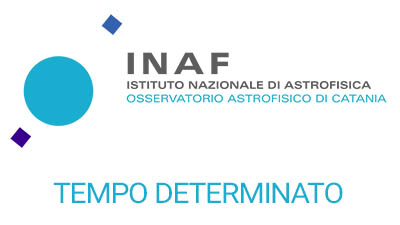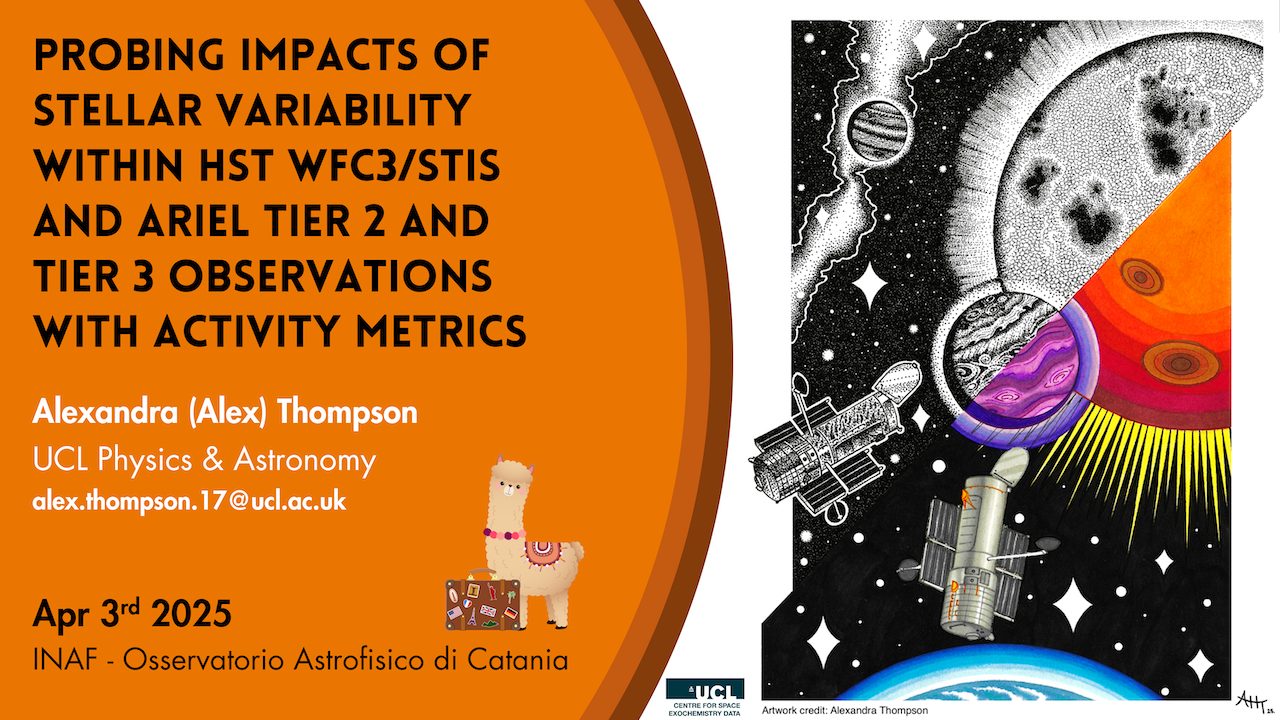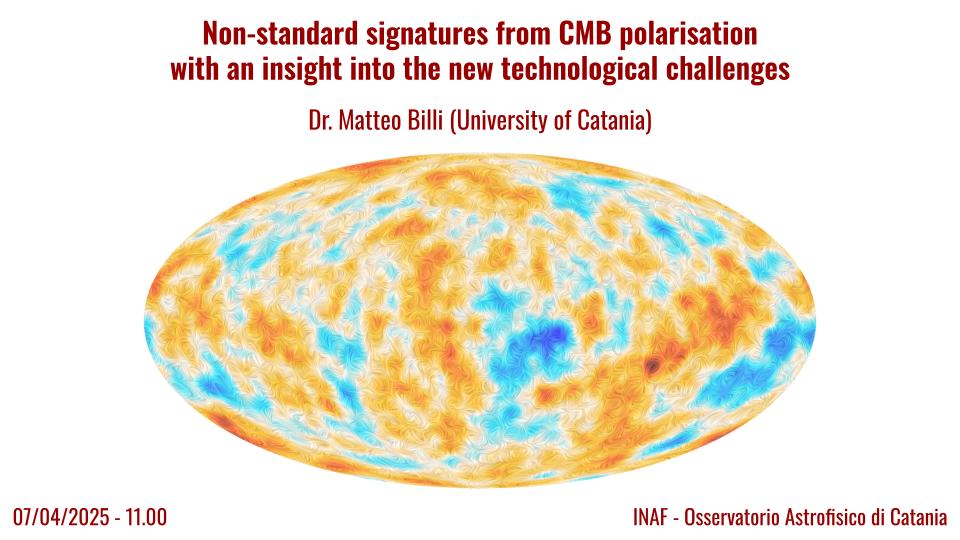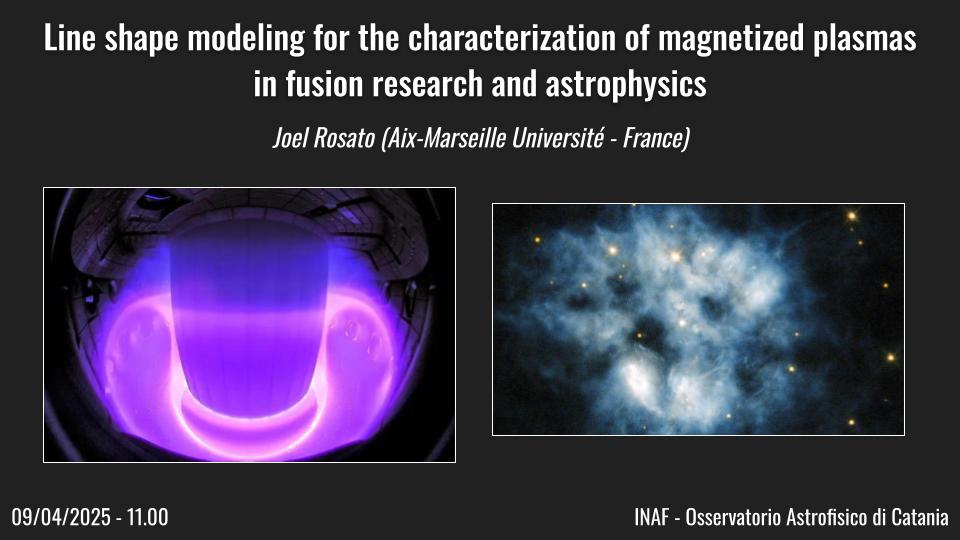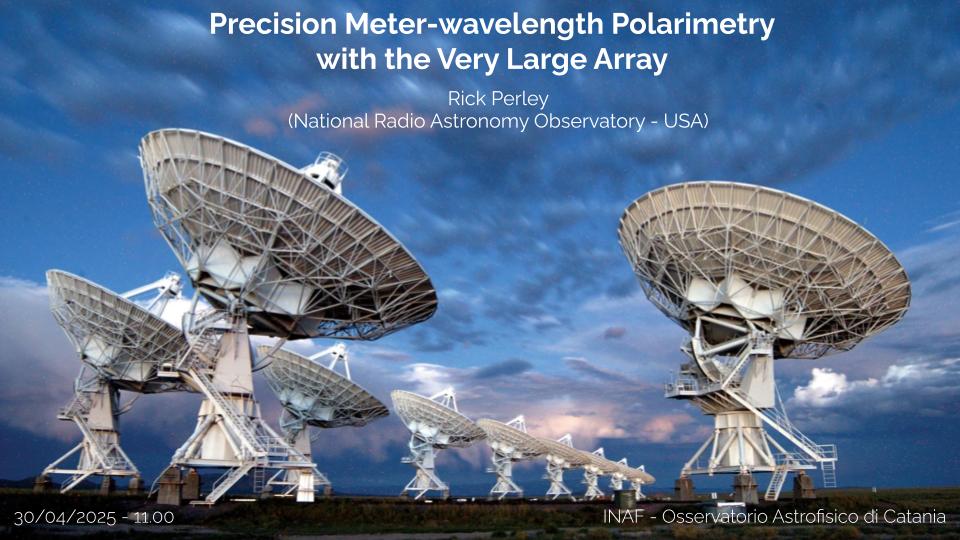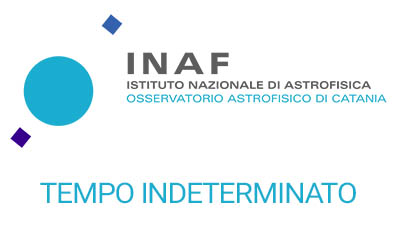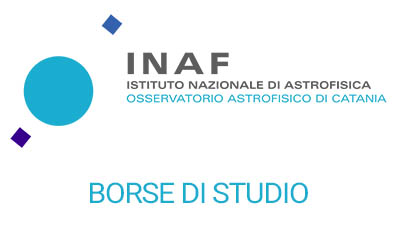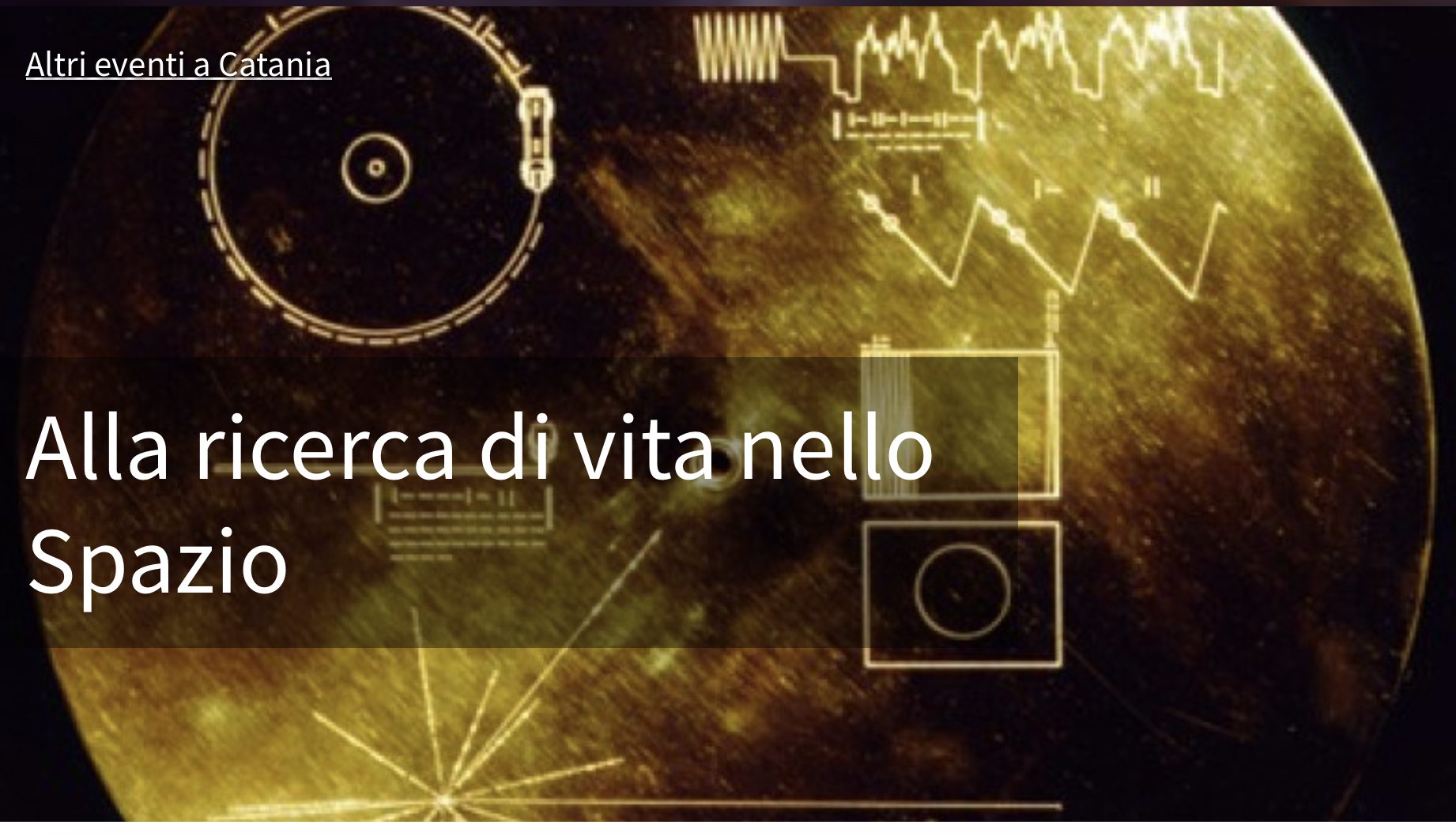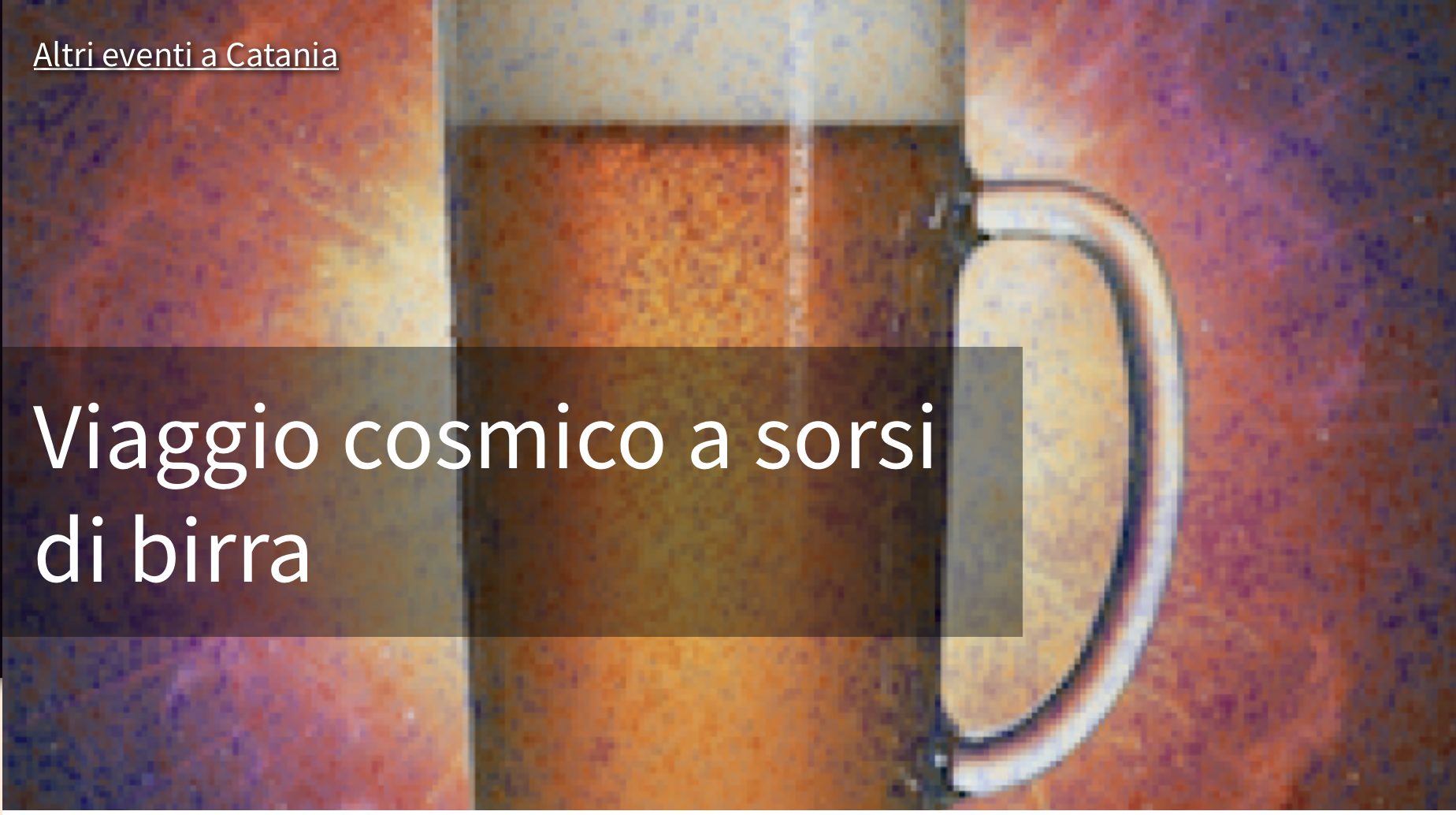The next generation of Cosmic Microwave Background experiments are poised to probe the inflationary period of the Universe through the measurement of primordial B-modes, whilst 21cm experiments are observing the reionization history of the early Universe and formation of Large-Scale Structure through the mapping of neutral hydrogen. These two complementary fields span the radio to microwave frequency regimes and share a pivotal data reduction task: foreground component separation.
Diffuse Galactic synchrotron emission is the dominant foreground for arcmin/degree scale cosmological surveys operating across MHz frequencies in intensity, and at all frequencies under 60 GHz in polarised intensity. In this talk I will present measurements of the synchrotron spectral index and curvature between 73 MHz and 1 GHz through the combined use of pilot MeerKLASS, Haslam, Maipu/MU and LWA data. I will discuss the advances that can be made to component separation algorithms thanks to more sophisticated foreground emission modelling and will present a spatially complex, all-sky model of the synchrotron spectral index formed using convolutional neural networks trained on sets of both high- and low-resolution empirical data. Such advances will, and already are, expanding our understanding of the spatial and spectral form of this complex emission; ameliorating component separation for both CMB and 21cm intensity mapping experiments.
